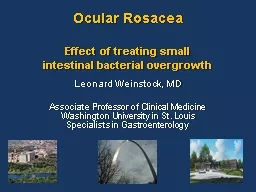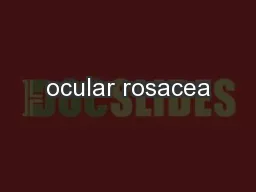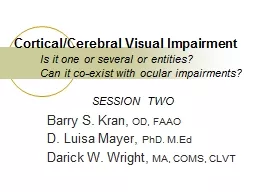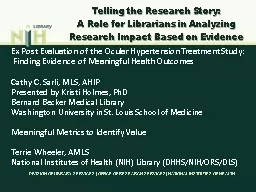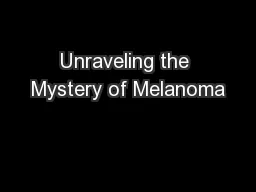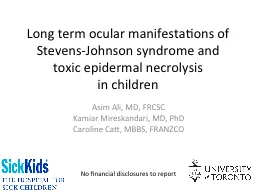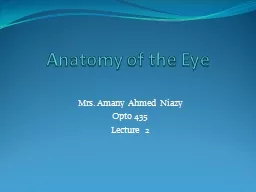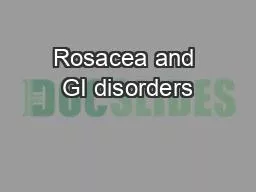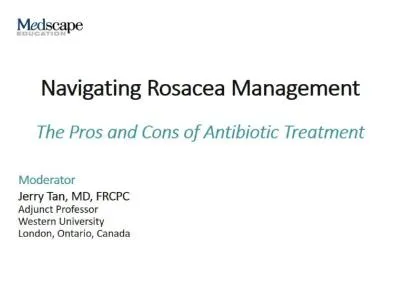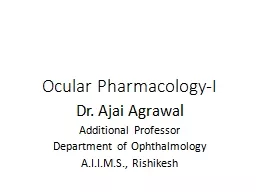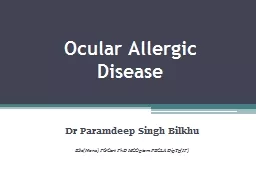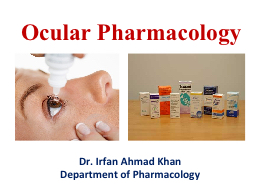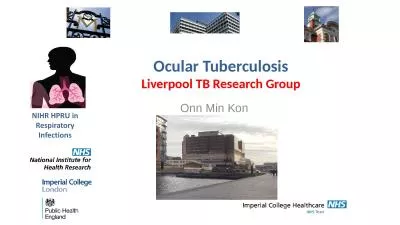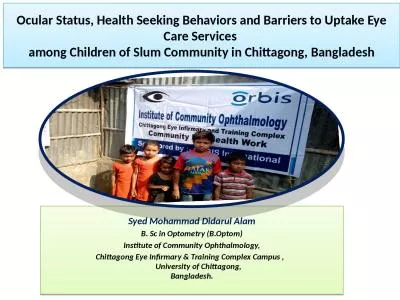PPT-Ocular Rosacea
Author : lindy-dunigan | Published Date : 2017-05-25
Effect of treating small intestinal bacterial overgrowth Leonard Weinstock MD Associate Professor of Clinical Medicine Washington University in St Louis
Presentation Embed Code
Download Presentation
Download Presentation The PPT/PDF document "Ocular Rosacea" is the property of its rightful owner. Permission is granted to download and print the materials on this website for personal, non-commercial use only, and to display it on your personal computer provided you do not modify the materials and that you retain all copyright notices contained in the materials. By downloading content from our website, you accept the terms of this agreement.
Ocular Rosacea: Transcript
Download Rules Of Document
"Ocular Rosacea"The content belongs to its owner. You may download and print it for personal use, without modification, and keep all copyright notices. By downloading, you agree to these terms.
Related Documents

